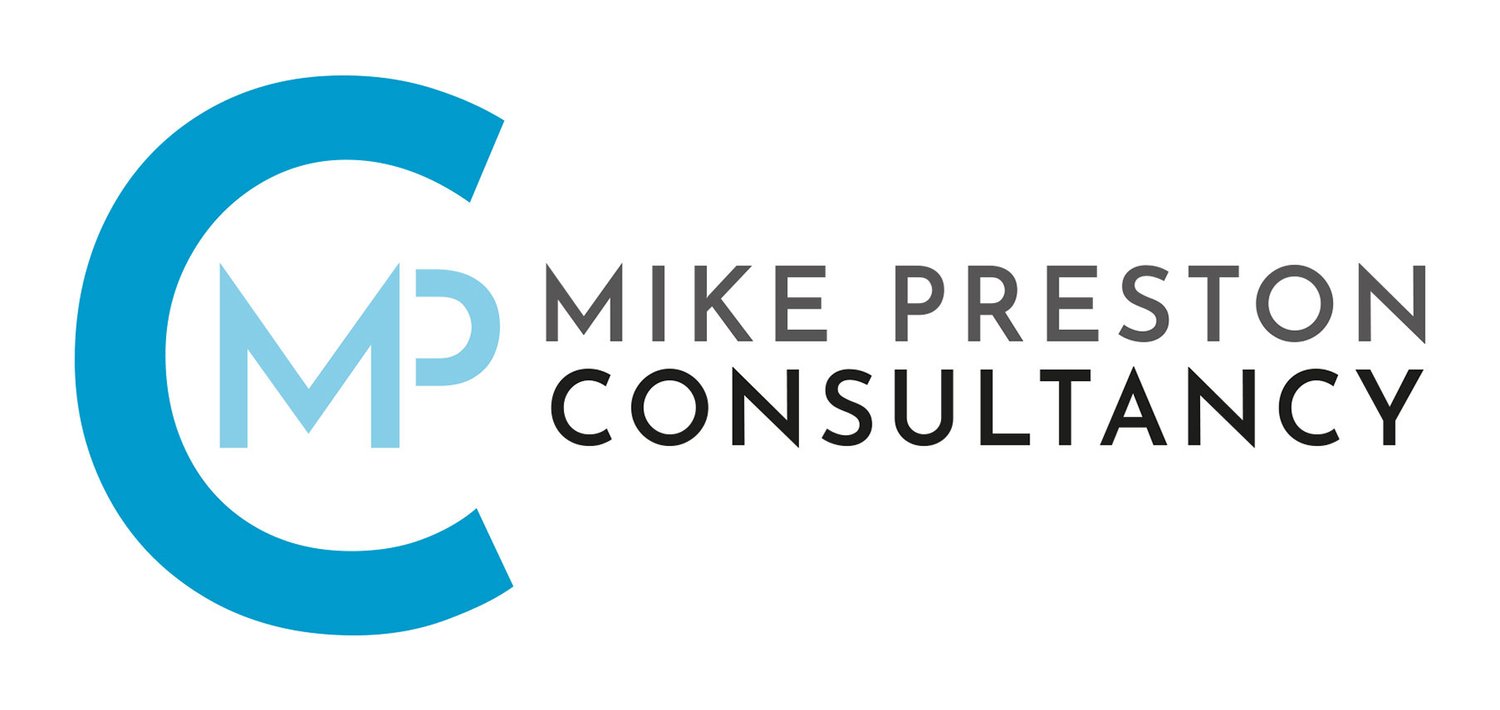Understanding the True Value of Volunteers and Securing Funding
Measuring Volunteers' Value
Understanding the value that volunteers bring to an organisation is a critical aspect of both recognising their contributions and managing resources effectively. By measuring this value, organisations can make informed decisions about where to allocate funds, how to structure volunteer programmes, and how to communicate the impact of volunteers to stakeholders.
You can summaries volunteer activity in a wide range of ways from headcount to hours donated, service users supported to specific programme outcomes. There is another way of looking at it, and that's understanding how much it would cost the organisation, if these volunteers weren't avalible..
Using a Volunteer Value & Investment Audit
A Volunteer Value & Investment Audit is a comprehensive approach to measure not only the economic value volunteers provide but also the costs associated with maintaining a volunteer workforce. This includes recruitment, training, management, and recognition activities.
The steps for conducting such an audit typically include:
Identifying all the roles performed by volunteers.
Benchmark these roles against the ONS Average Weekly Earnings Dataset
Using this data set assign a monetary value to these roles based on equivalent paid positions.
Calculating the total hours contributed in each role by volunteers.
Estimating the costs involved in volunteer engagement. Consider you're whole volunteer budget as well as all you're staff costs (Assign a percentage of someone's role if they do tasks aside from volunteering) and remember to include you're on costs, typically 20% for Tax and NI, and 20% for overheads such as facilities and other essentials needed to fulfil any role within the organisation..
Determining the net value provided by volunteers.
This thorough analysis helps organizations understand the return on investment (ROI) from their volunteer engagements and can be crucial for strategic planning and reporting.
Here's a link to a really useful spreadsheet to help make sure you have collected all the relevant data, it's got all the formulas pre-populated. - https://www.volunteernow.co.uk/app/uploads/2023/11/VIVA-Spreadsheet-protected.xlsx
Creating a Rate Card to Help Secure Income to Fund Volunteer Services
Developing a rate card can be an effective tool for organisations seeking to secure income to fund their volunteer services. The rate card outlines the cost of the services provided by volunteers, which can be used when applying for grants, soliciting donations, or creating partnerships with other organizations. A well-structured rate card includes:
A breakdown of different volunteering roles and the respective value they add.
Hourly or project-based rates reflective of the value of services provided.
Analysis to justify the costs, based on the Volunteer Value & Investment Audit.
Impact statements showing how the volunteer services contribute to the overall mission of the organization.
By clearly presenting the economic value of volunteers, organizations can advocate for the necessary funding to maintain and grow their volunteer programs. It is important to communicate that while volunteers are not paid, their services do incur costs and generate significant value, which requires adequate investment.
If you're looking for some support to conduct this audit, or would like help creating a rate card for your charity, then get in touch with us today. Sign Up to our newsletter as well, where we share a variety of free resources as well as our weekly blog, and sector updates.


